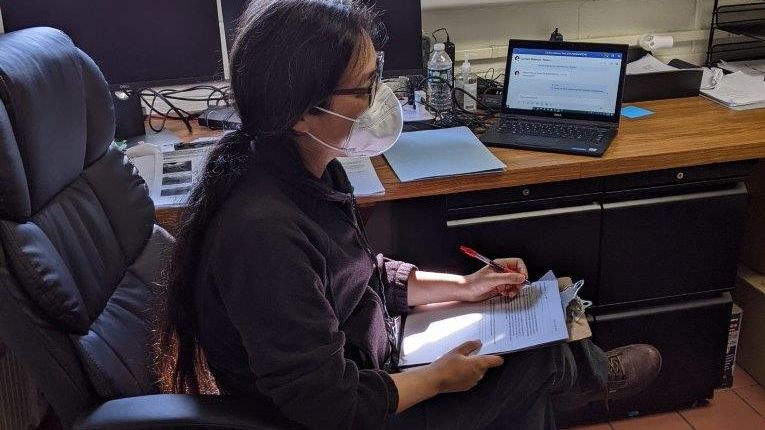Purpose
To improve health and safety hazards in workers by using diverse language access methods to promote inclusion in workplace hazard evaluations and advance health equity.

Description
In 2021, the National Institute of Occupational Safety and Health's (NIOSH) Health Hazard Evaluation (HHE) Program received multiple requests to evaluate ergonomic risks, musculoskeletal symptoms and conditions, and other concerns among a linguistically diverse workers at two meatpacking facilities. The workforce at these facilities speaks a variety of languages and dialects, posing an added challenge for NIOSH staff to navigate as part of the evaluation.
In July and August 2022, staff from Division of Field Studies and Engineering were deployed to these meatpacking facilities to conduct interviews with the workforce about their work, concerns, and musculoskeletal symptoms or conditions. In advance of the visit, the HHE team and leadership worked with CDC's Multilingual Services to translate information sheets and interview materials into the most common languages spoken by workers. The team identified bilingual/multilingual CDC staff to conduct interviews onsite for the most commonly spoken languages and took measures to ensure additional NIOSH staff, with the needed language skills, were available to conduct interviews via phone or video conference as needed. For the less commonly spoken languages, the HHE team used Transperfect Connect, a real-time, phone-based translation service available through CDC's Multilingual Services.
